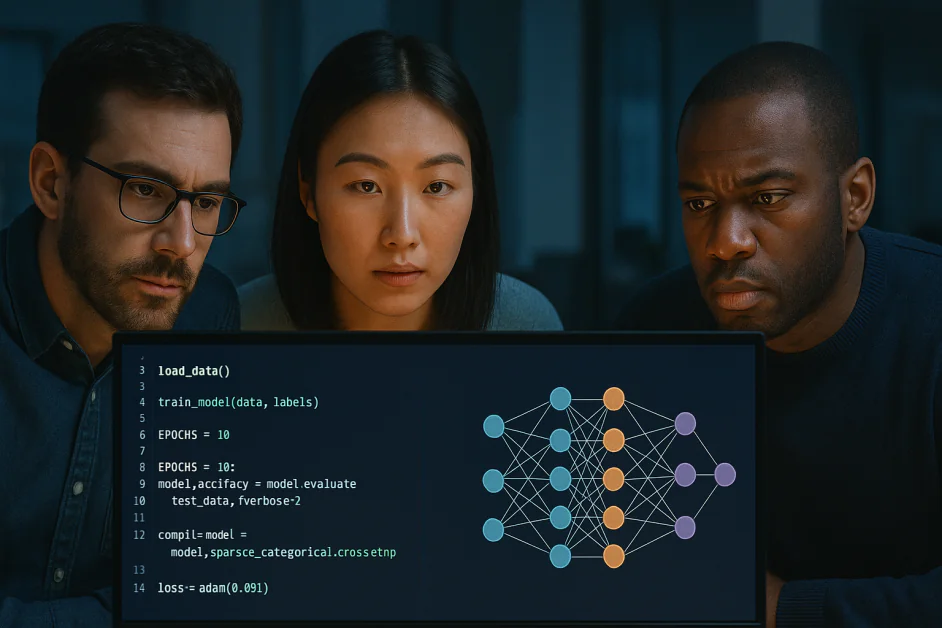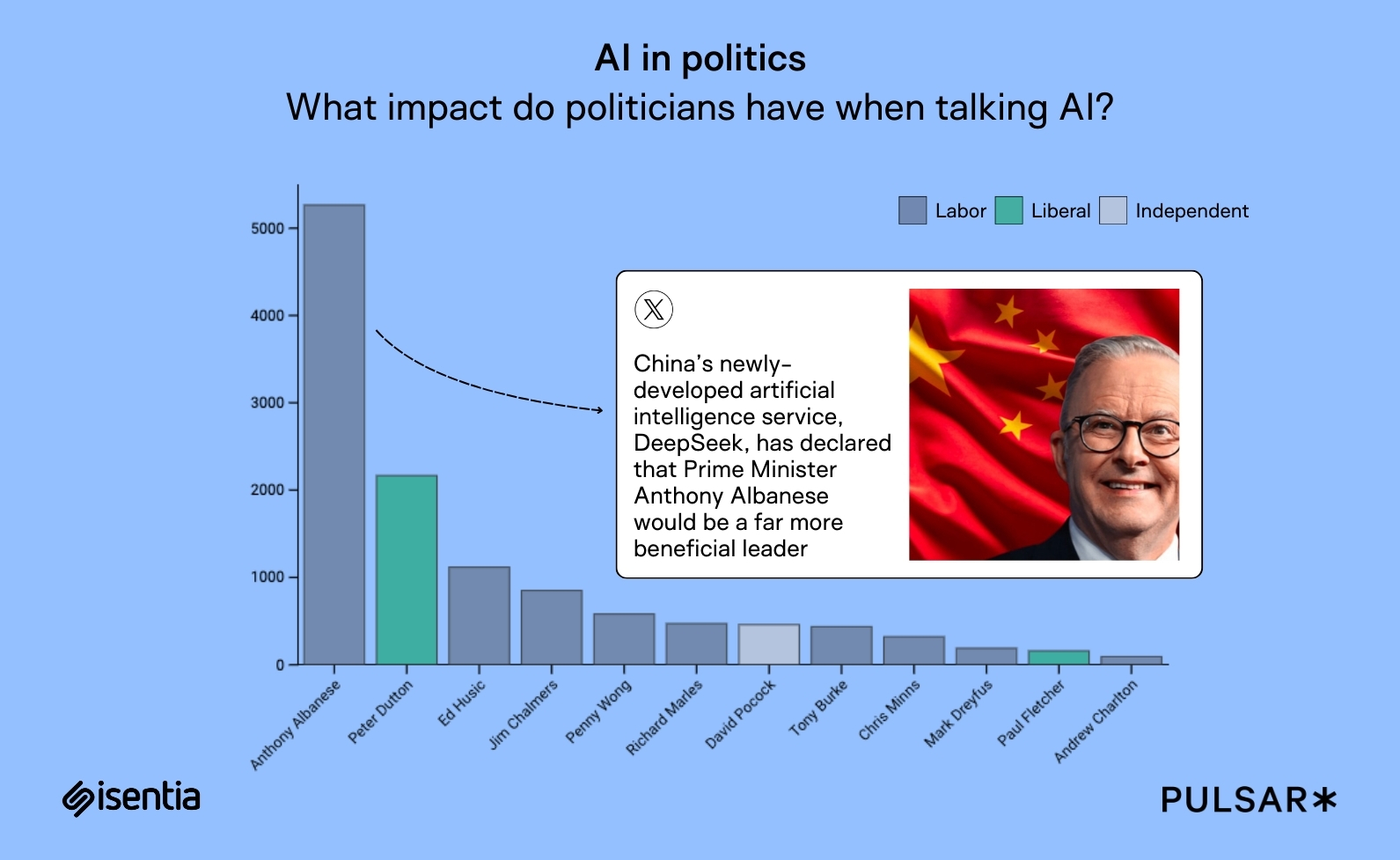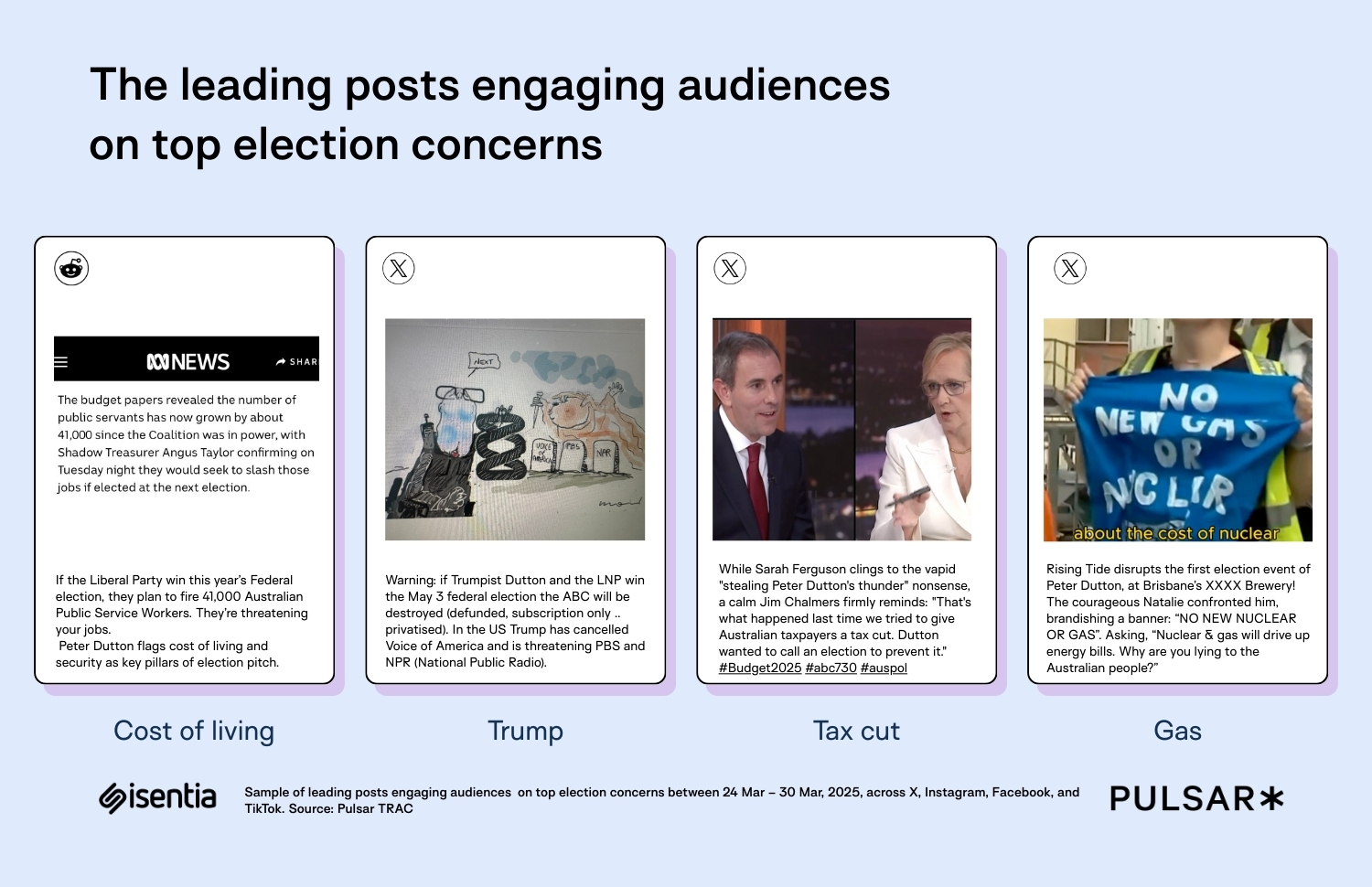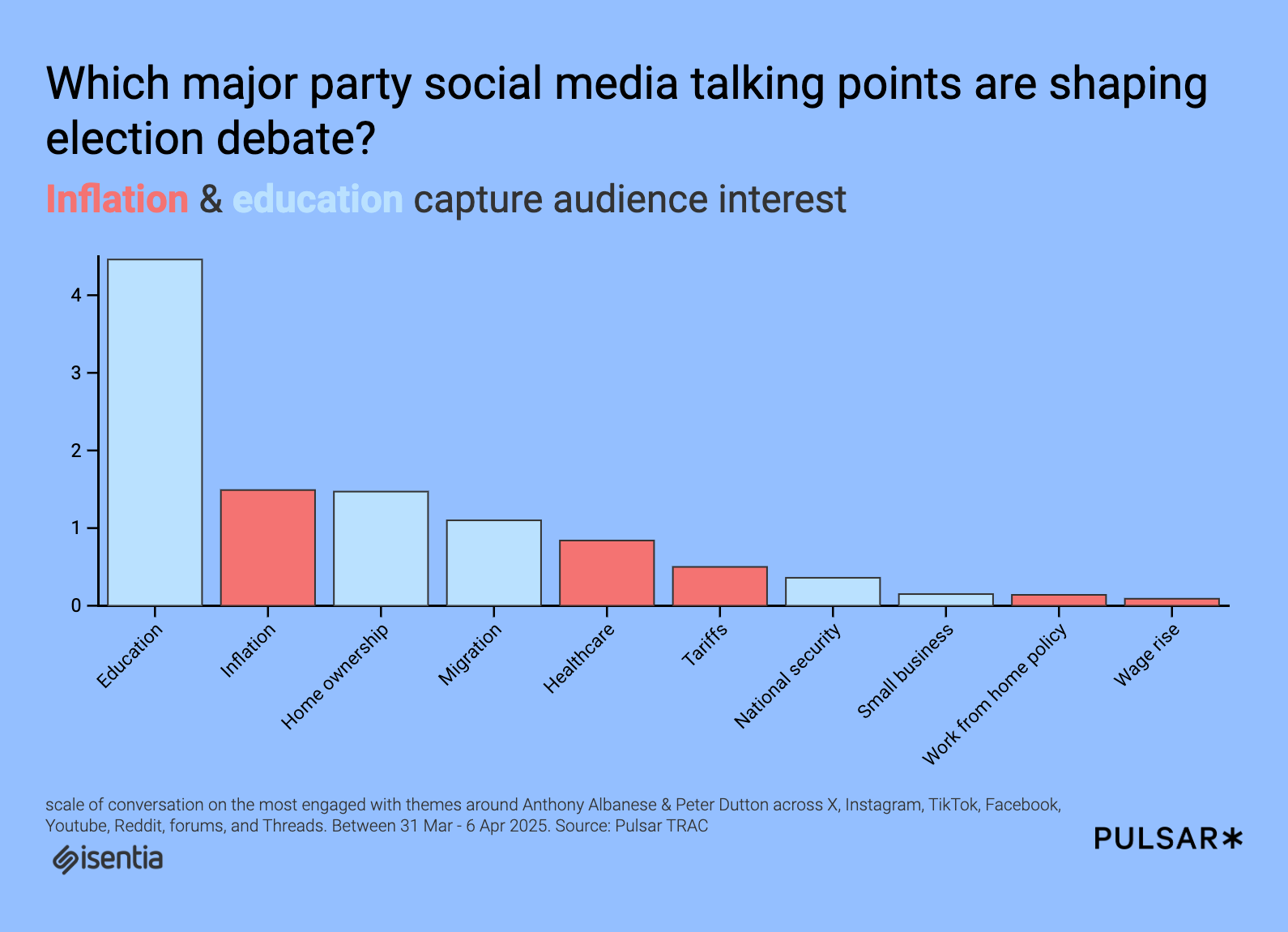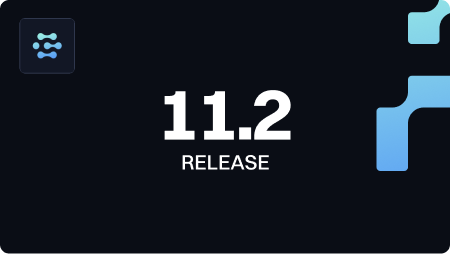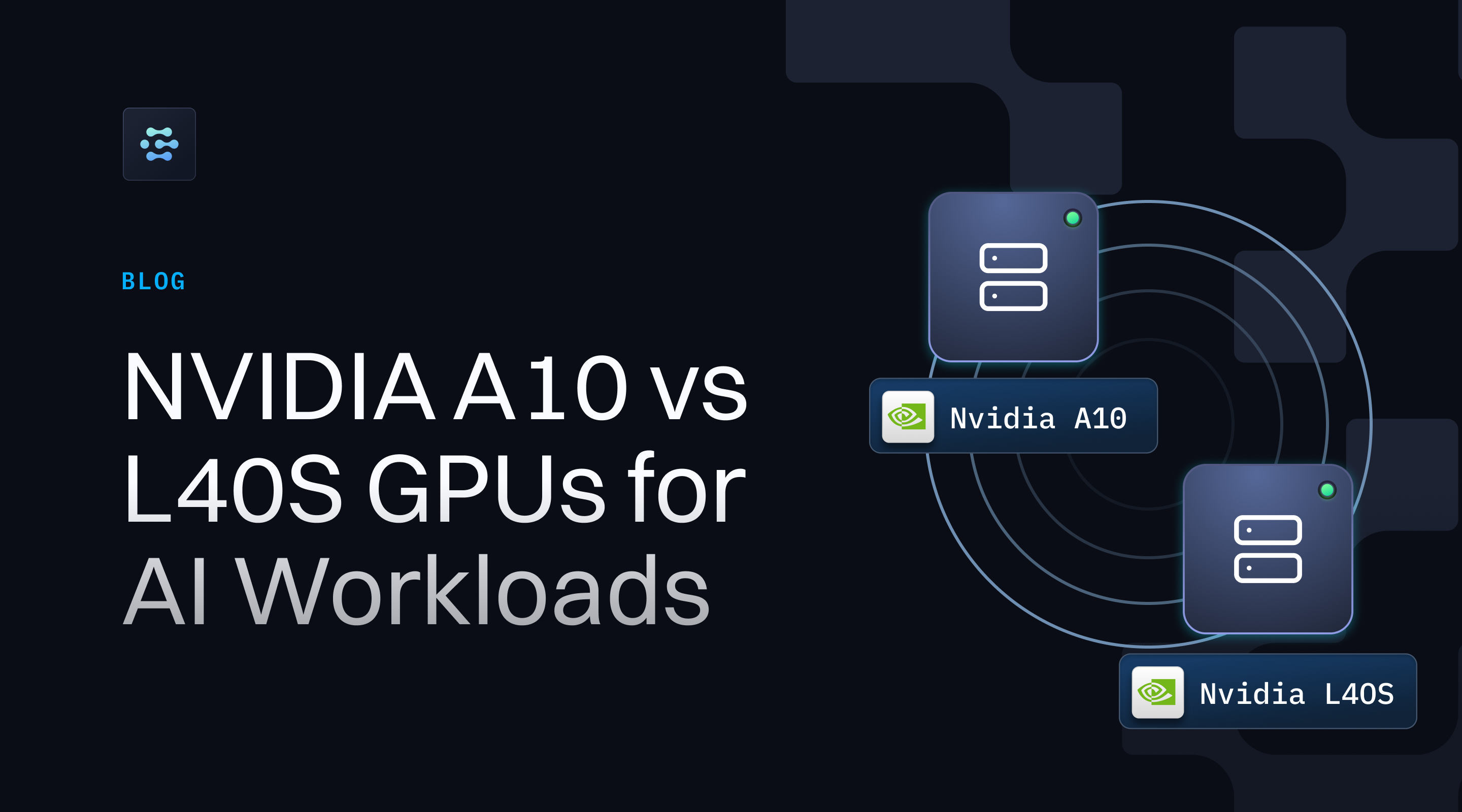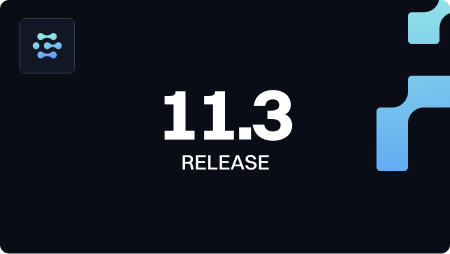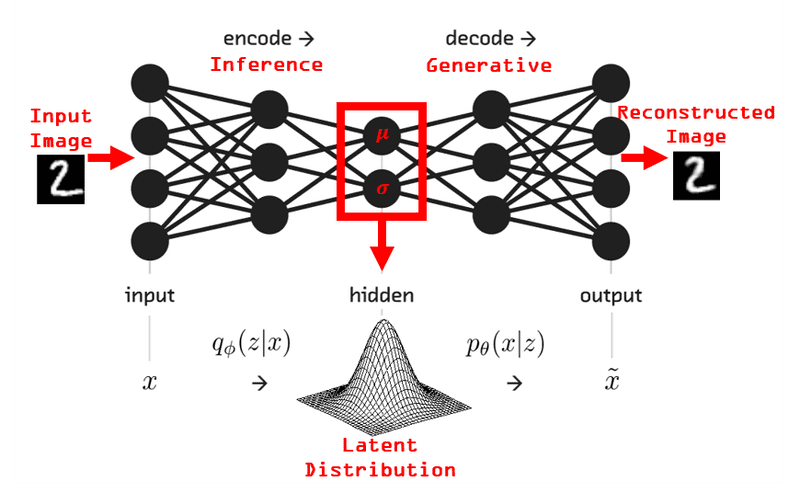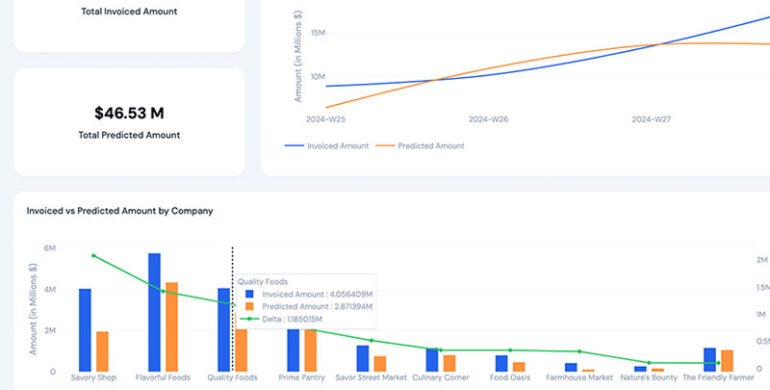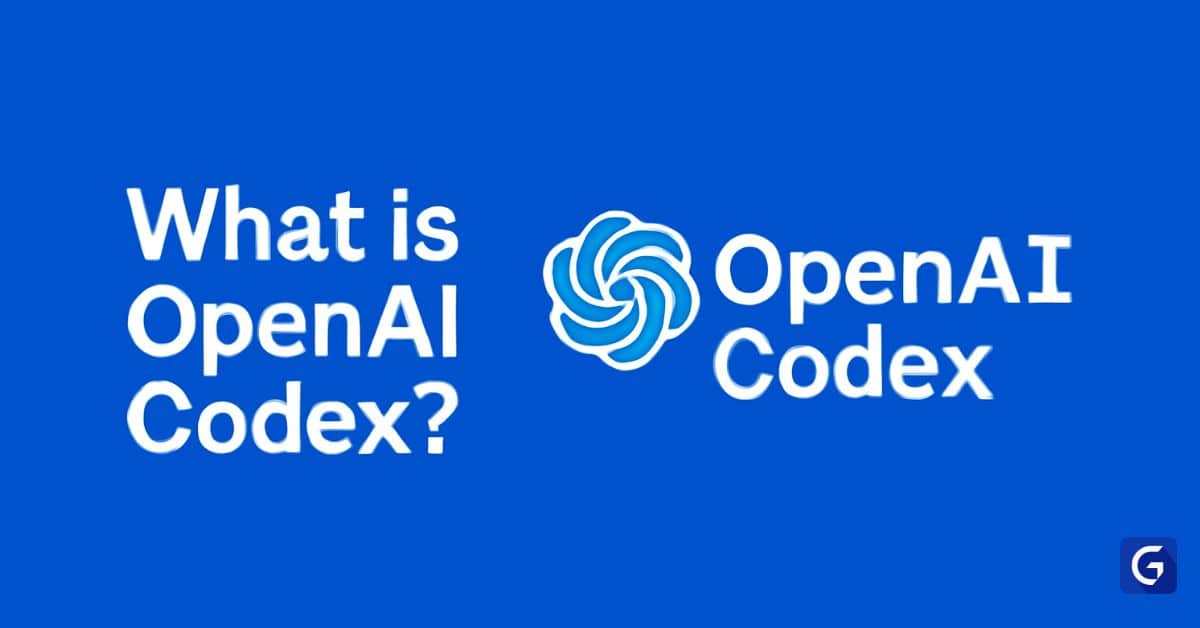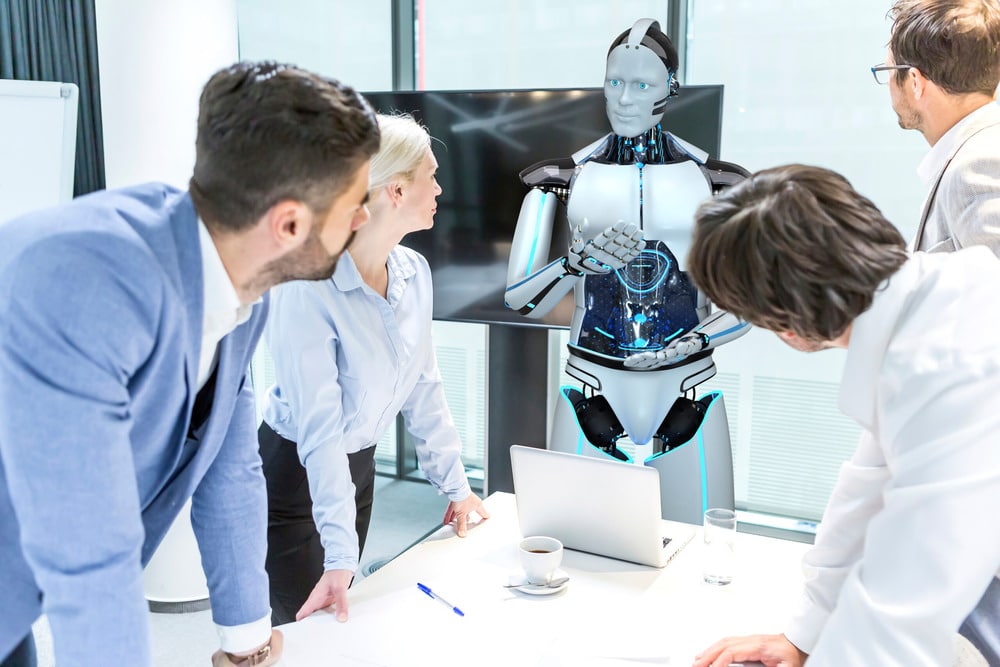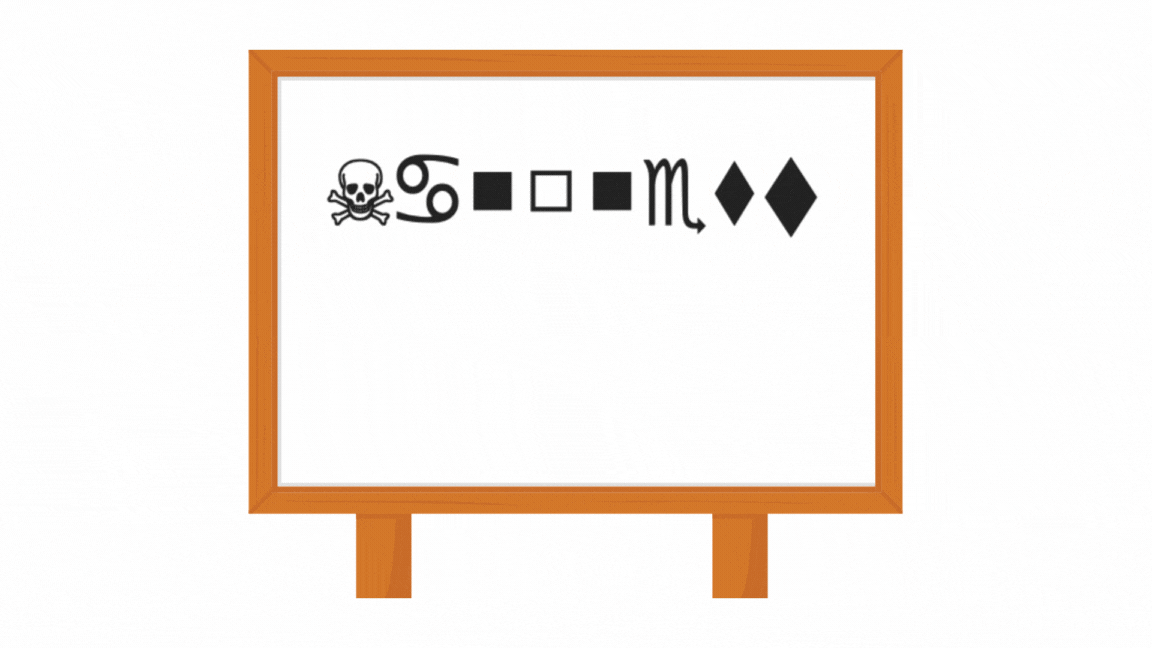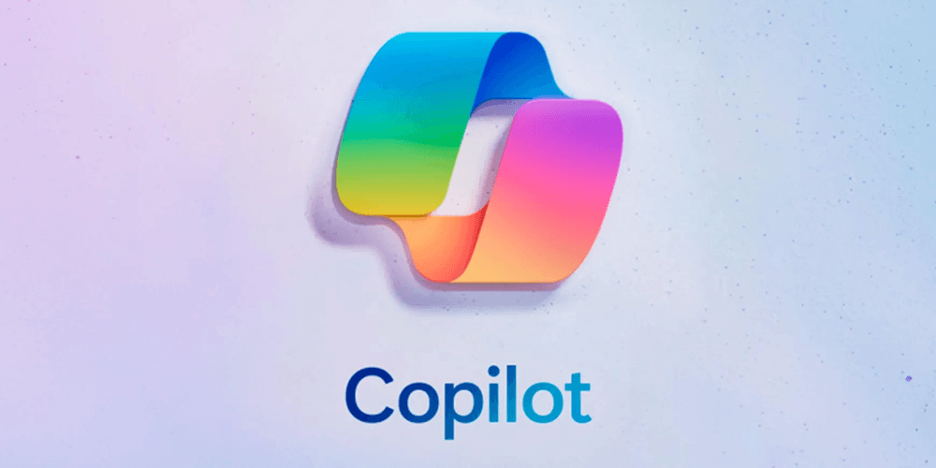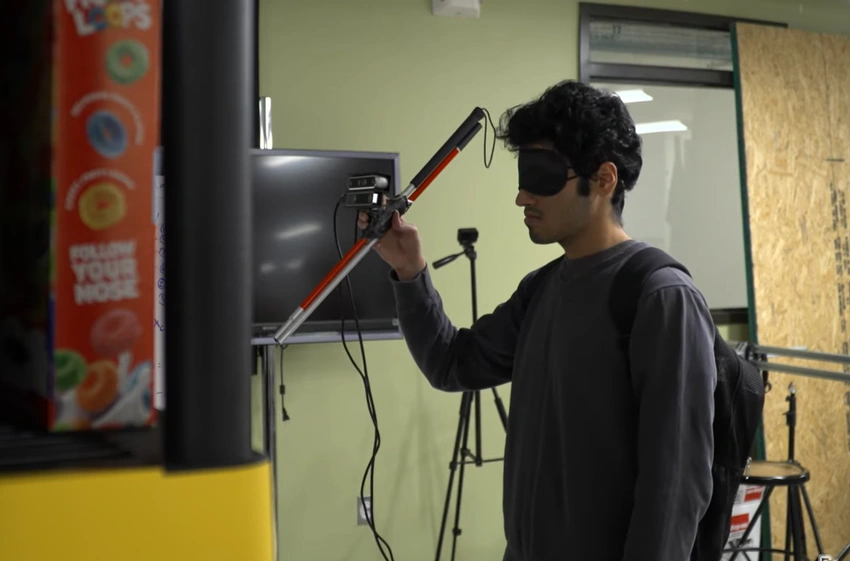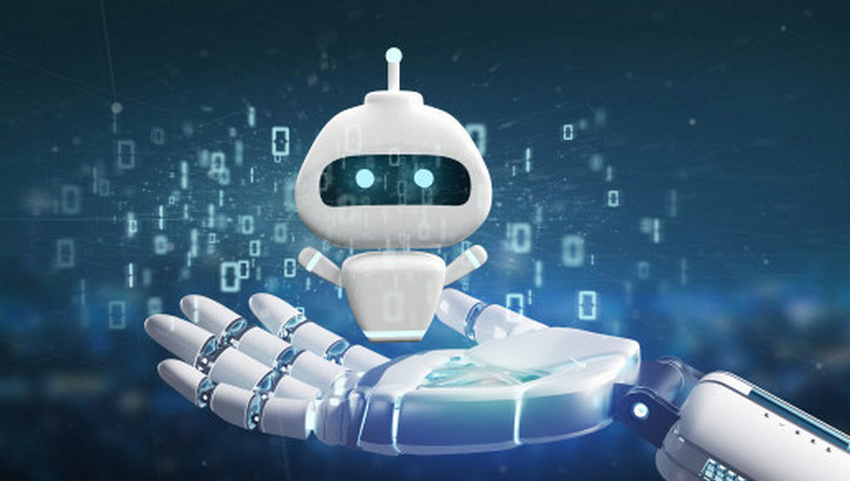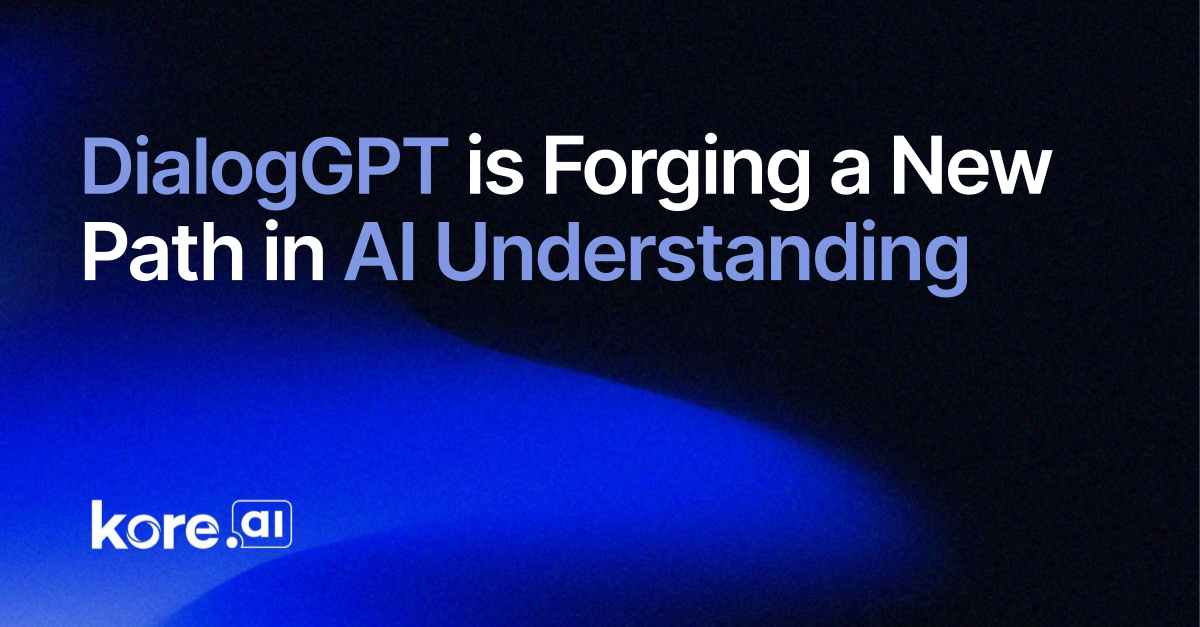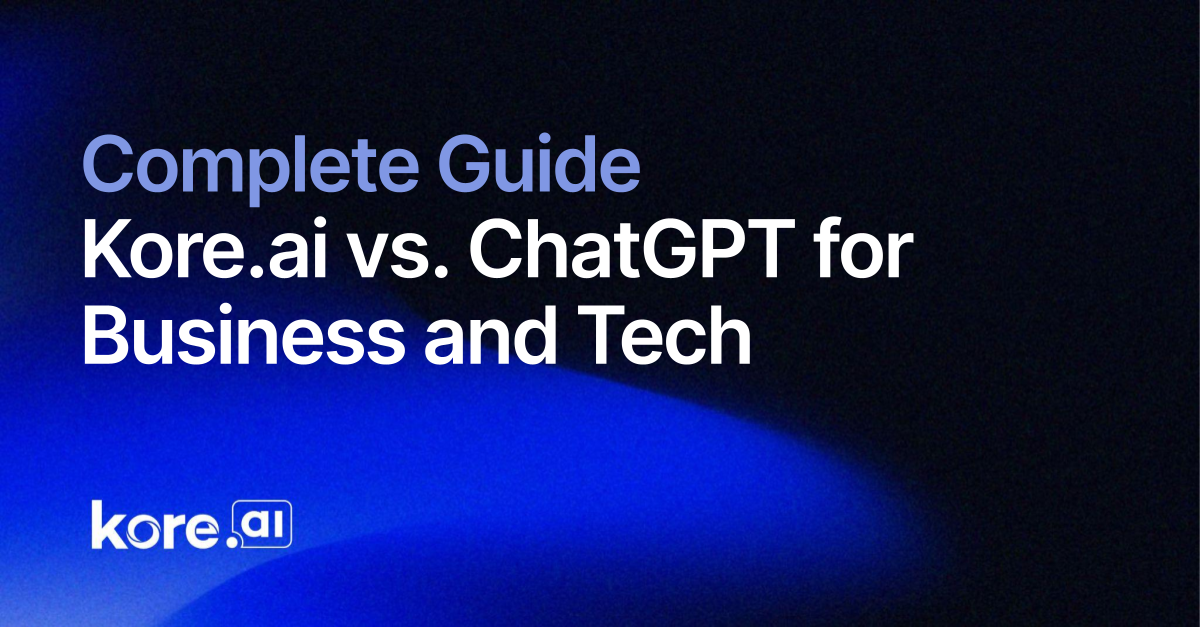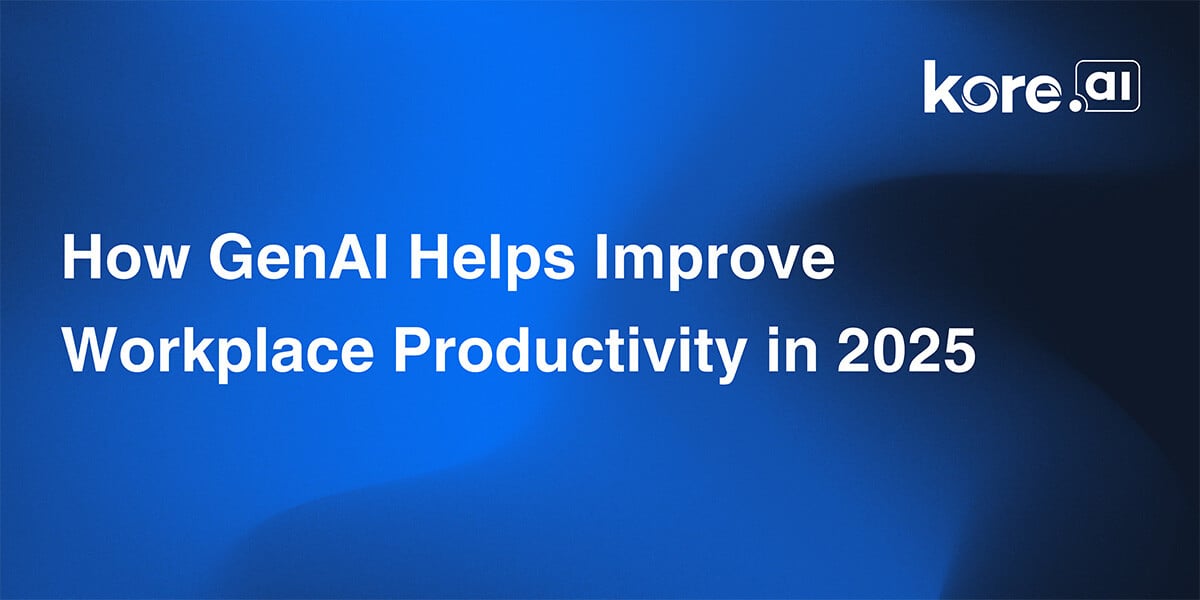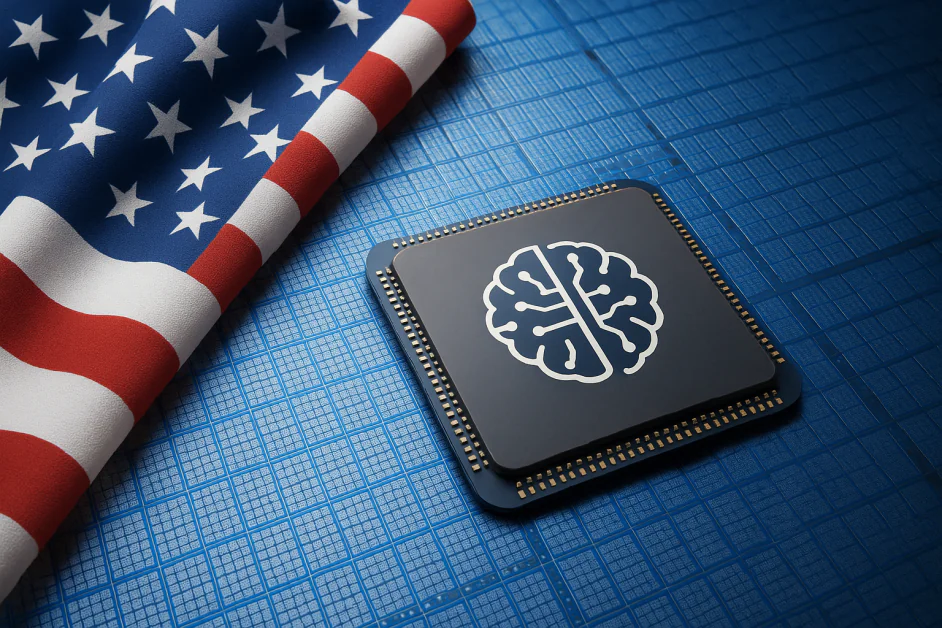Building Trust Into AI Is the New Baseline
AI is expanding rapidly, and like any technology maturing quickly, it requires well-defined boundaries – clear, intentional, and built not just to restrict, but to protect and empower. This holds especially true as AI is nearly embedded in every aspect of our personal and professional lives. As leaders in AI, we stand at a pivotal […] The post Building Trust Into AI Is the New Baseline appeared first on Unite.AI.


AI is expanding rapidly, and like any technology maturing quickly, it requires well-defined boundaries – clear, intentional, and built not just to restrict, but to protect and empower. This holds especially true as AI is nearly embedded in every aspect of our personal and professional lives.
As leaders in AI, we stand at a pivotal moment. On one hand, we have models that learn and adapt faster than any technology before. On the other hand, a rising responsibility to ensure they operate with safety, integrity, and deep human alignment. This isn’t a luxury—it’s the foundation of truly trustworthy AI.
Trust matters most today
The past few years have seen remarkable advances in language models, multimodal reasoning, and agentic AI. But with each step forward, the stakes get higher. AI is shaping business decisions, and we’ve seen that even the smallest missteps have great consequences.
Take AI in the courtroom, for example. We’ve all heard stories of lawyers relying on AI-generated arguments, only to find the models fabricated cases, sometimes resulting in disciplinary action or worse, a loss of license. In fact, legal models have been shown to hallucinate in at least one out of every six benchmark queries. Even more concerning are instances like the tragic case involving Character.AI, who since updated their safety features, where a chatbot was linked to a teen’s suicide. These examples highlight the real-world risks of unchecked AI and the critical responsibility we carry as tech leaders, not just to build smarter tools, but to build responsibly, with humanity at the core.
The Character.AI case is a sobering reminder of why trust must be built into the foundation of conversational AI, where models don’t just reply but engage, interpret, and adapt in real time. In voice-driven or high-stakes interactions, even a single hallucinated answer or off-key response can erode trust or cause real harm. Guardrails – our technical, procedural, and ethical safeguards -aren’t optional; they’re essential for moving fast while protecting what matters most: human safety, ethical integrity, and enduring trust.
The evolution of safe, aligned AI
Guardrails aren’t new. In traditional software, we’ve always had validation rules, role-based access, and compliance checks. But AI introduces a new level of unpredictability: emergent behaviors, unintended outputs, and opaque reasoning.
Modern AI safety is now multi-dimensional. Some core concepts include:
- Behavioral alignment through techniques like Reinforcement Learning from Human Feedback (RLHF) and Constitutional AI, when you give the model a set of guiding “principles” — sort of like a mini-ethics code
- Governance frameworks that integrate policy, ethics, and review cycles
- Real-time tooling to dynamically detect, filter, or correct responses
The anatomy of AI guardrails
McKinsey defines guardrails as systems designed to monitor, evaluate, and correct AI-generated content to ensure safety, accuracy, and ethical alignment. These guardrails rely on a mix of rule-based and AI-driven components, such as checkers, correctors, and coordinating agents, to detect issues like bias, Personally Identifiable Information (PII), or harmful content and automatically refine outputs before delivery.
Let’s break it down:
Before a prompt even reaches the model, input guardrails evaluate intent, safety, and access permissions. This includes filtering and sanitizing prompts to reject anything unsafe or nonsensical, enforcing access control for sensitive APIs or enterprise data, and detecting whether the user's intent matches an approved use case.
Once the model produces a response, output guardrails step in to assess and refine it. They filter out toxic language, hate speech, or misinformation, suppress or rewrite unsafe replies in real time, and use bias mitigation or fact-checking tools to reduce hallucinations and ground responses in factual context.
Behavioral guardrails govern how models behave over time, particularly in multi-step or context-sensitive interactions. These include limiting memory to prevent prompt manipulation, constraining token flow to avoid injection attacks, and defining boundaries for what the model is not allowed to do.
These technical systems for guardrails work best when embedded across multiple layers of the AI stack.
A modular approach ensures that safeguards are redundant and resilient, catching failures at different points and reducing the risk of single points of failure. At the model level, techniques like RLHF and Constitutional AI help shape core behavior, embedding safety directly into how the model thinks and responds. The middleware layer wraps around the model to intercept inputs and outputs in real time, filtering toxic language, scanning for sensitive data, and re-routing when necessary. At the workflow level, guardrails coordinate logic and access across multi-step processes or integrated systems, ensuring the AI respects permissions, follows business rules, and behaves predictably in complex environments.
At a broader level, systemic and governance guardrails provide oversight throughout the AI lifecycle. Audit logs ensure transparency and traceability, human-in-the-loop processes bring in expert review, and access controls determine who can modify or invoke the model. Some organizations also implement ethics boards to guide responsible AI development with cross-functional input.
Conversational AI: where guardrails really get tested
Conversational AI brings a distinct set of challenges: real-time interactions, unpredictable user input, and a high bar for maintaining both usefulness and safety. In these settings, guardrails aren’t just content filters — they help shape tone, enforce boundaries, and determine when to escalate or deflect sensitive topics. That might mean rerouting medical questions to licensed professionals, detecting and de-escalating abusive language, or maintaining compliance by ensuring scripts stay within regulatory lines.
In frontline environments like customer service or field operations, there’s even less room for error. A single hallucinated answer or off-key response can erode trust or lead to real consequences. For example, a major airline faced a lawsuit after its AI chatbot gave a customer incorrect information about bereavement discounts. The court ultimately held the company accountable for the chatbot’s response. No one wins in these situations. That’s why it’s on us, as technology providers, to take full responsibility for the AI we put into the hands of our customers.
Building guardrails is everyone’s job
Guardrails should be treated not only as a technical feat but also as a mindset that needs to be embedded across every phase of the development cycle. While automation can flag obvious issues, judgment, empathy, and context still require human oversight. In high-stakes or ambiguous situations, people are essential to making AI safe, not just as a fallback, but as a core part of the system.
To truly operationalize guardrails, they need to be woven into the software development lifecycle, not tacked on at the end. That means embedding responsibility across every phase and every role. Product managers define what the AI should and shouldn’t do. Designers set user expectations and create graceful recovery paths. Engineers build in fallbacks, monitoring, and moderation hooks. QA teams test edge cases and simulate misuse. Legal and compliance translate policies into logic. Support teams serve as the human safety net. And managers must prioritize trust and safety from the top down, making space on the roadmap and rewarding thoughtful, responsible development. Even the best models will miss subtle cues, and that’s where well-trained teams and clear escalation paths become the final layer of defense, keeping AI grounded in human values.
Measuring trust: How to know guardrails are working
You can’t manage what you don’t measure. If trust is the goal, we need clear definitions of what success looks like, beyond uptime or latency. Key metrics for evaluating guardrails include safety precision (how often harmful outputs are successfully blocked vs. false positives), intervention rates (how frequently humans step in), and recovery performance (how well the system apologizes, redirects, or de-escalates after a failure). Signals like user sentiment, drop-off rates, and repeated confusion can offer insight into whether users actually feel safe and understood. And importantly, adaptability, how quickly the system incorporates feedback, is a strong indicator of long-term reliability.
Guardrails shouldn’t be static. They should evolve based on real-world usage, edge cases, and system blind spots. Continuous evaluation helps reveal where safeguards are working, where they’re too rigid or lenient, and how the model responds when tested. Without visibility into how guardrails perform over time, we risk treating them as checkboxes instead of the dynamic systems they need to be.
That said, even the best-designed guardrails face inherent tradeoffs. Overblocking can frustrate users; underblocking can cause harm. Tuning the balance between safety and usefulness is a constant challenge. Guardrails themselves can introduce new vulnerabilities — from prompt injection to encoded bias. They must be explainable, fair, and adjustable, or they risk becoming just another layer of opacity.
Looking ahead
As AI becomes more conversational, integrated into workflows, and capable of handling tasks independently, its responses need to be reliable and responsible. In fields like legal, aviation, entertainment, customer service, and frontline operations, even a single AI-generated response can influence a decision or trigger an action. Guardrails help ensure that these interactions are safe and aligned with real-world expectations. The goal isn’t just to build smarter tools, it’s to build tools people can trust. And in conversational AI, trust isn’t a bonus. It’s the baseline.
The post Building Trust Into AI Is the New Baseline appeared first on Unite.AI.


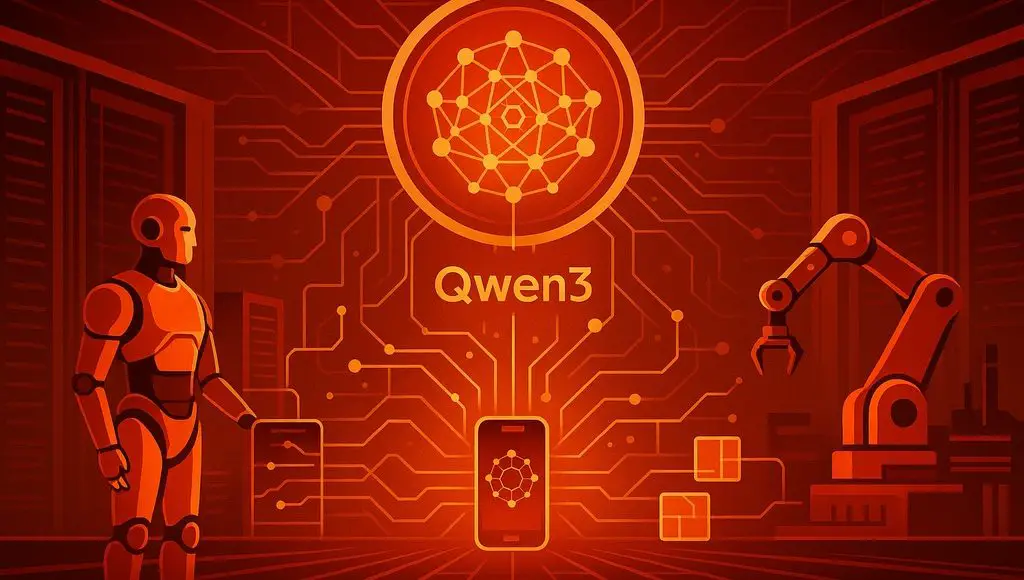










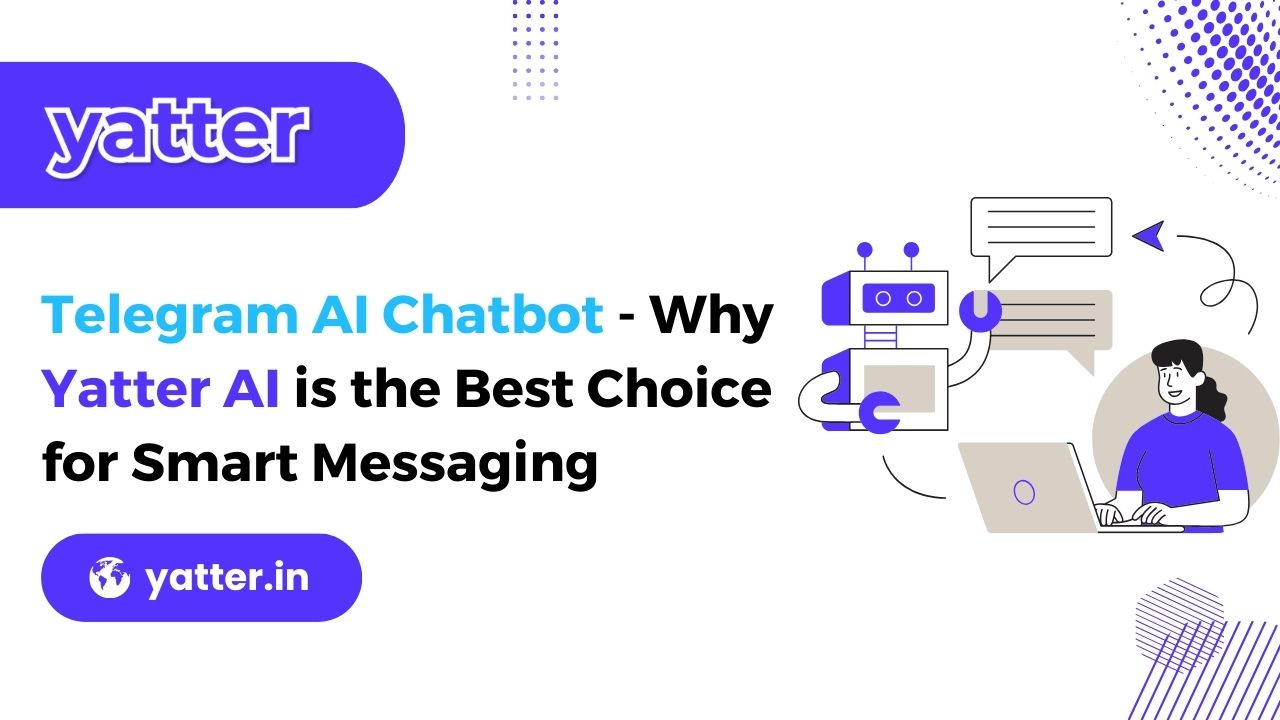













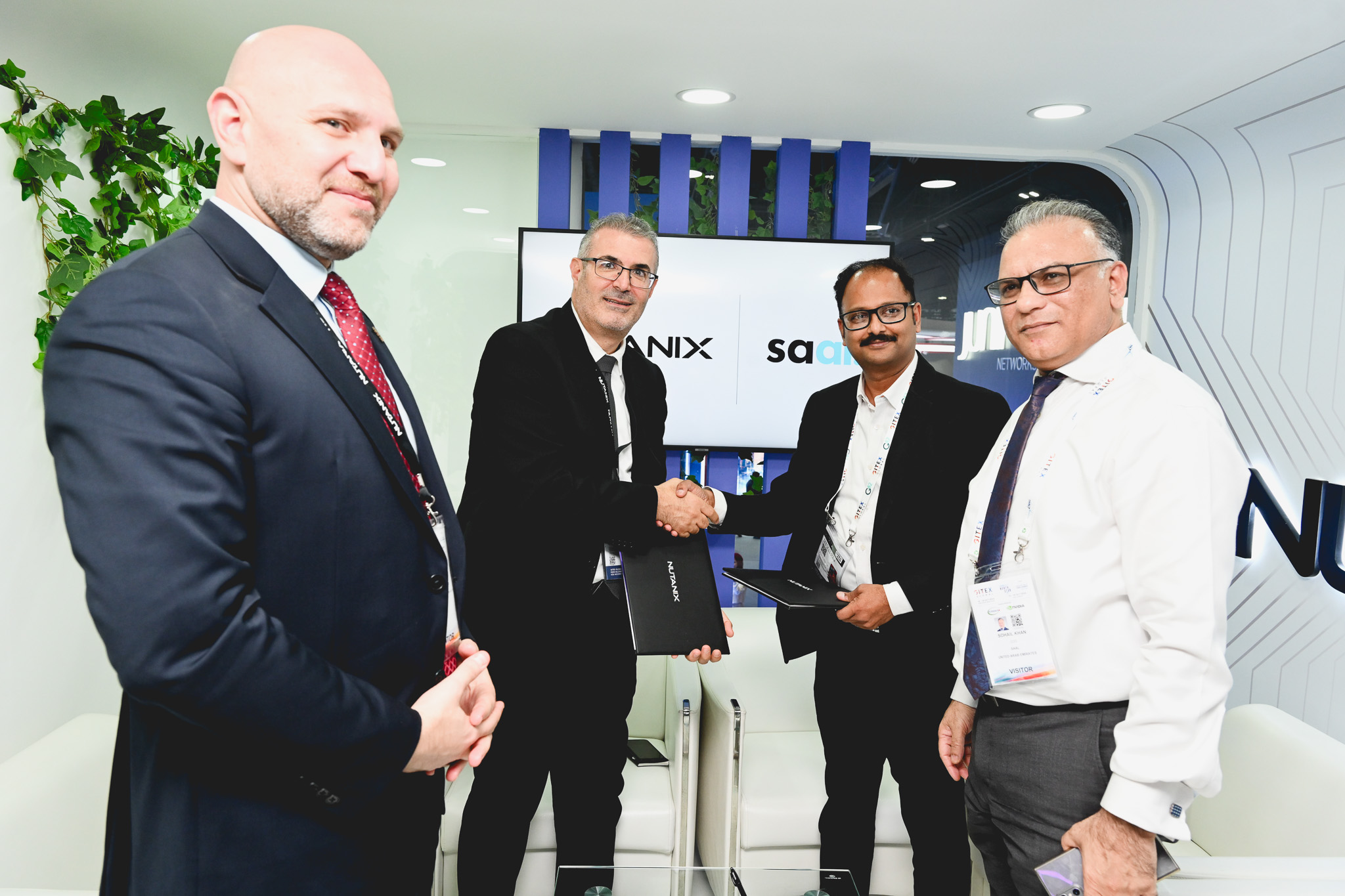


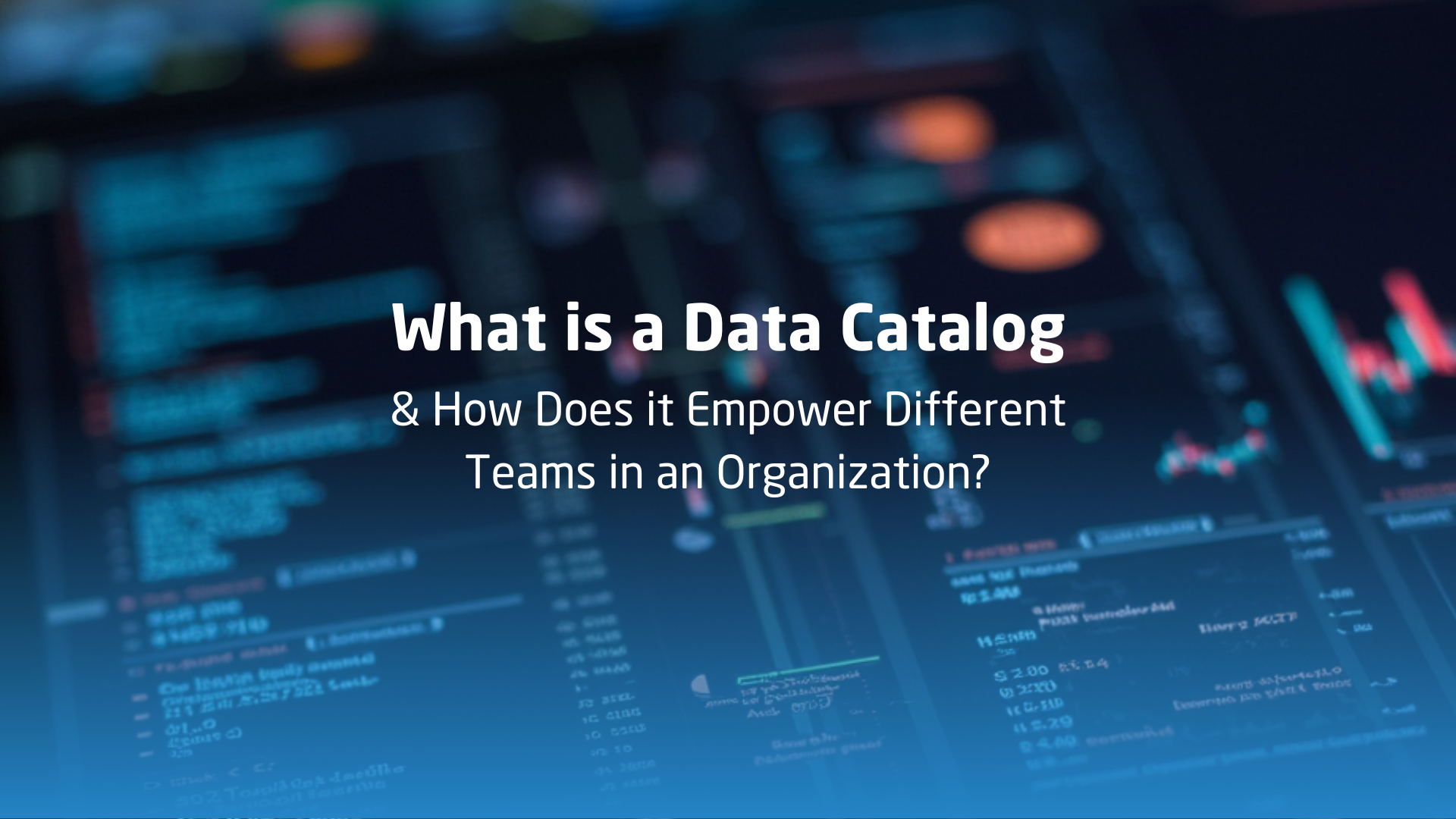








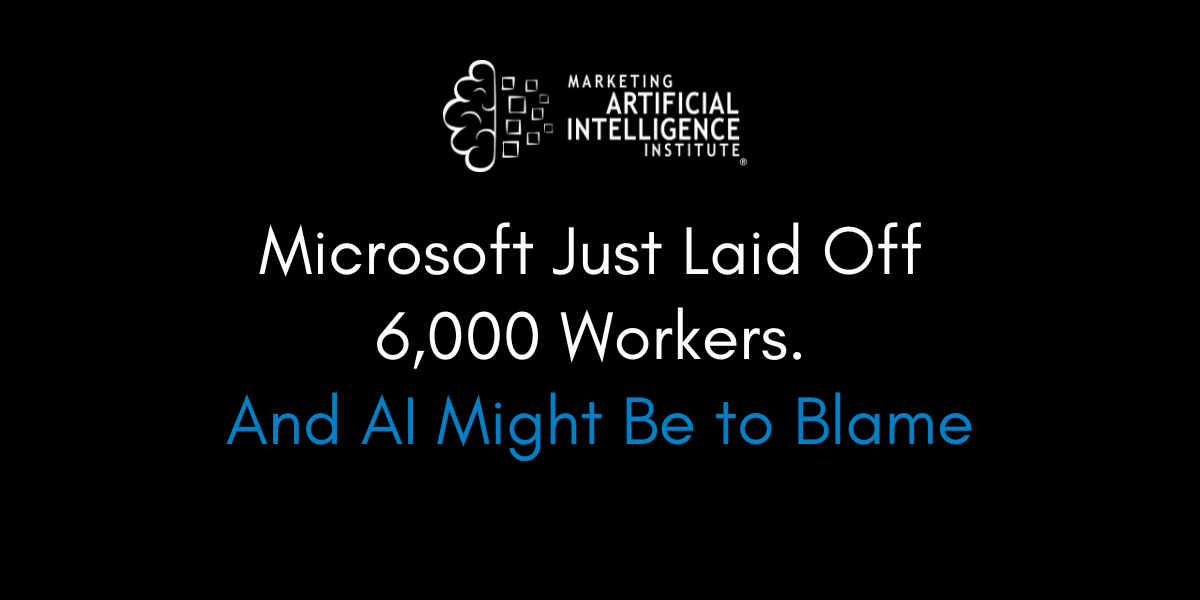
![[The AI Show Episode 149]: Google I/O, Claude 4, White Collar Jobs Automated in 5 Years, Jony Ive Joins OpenAI, and AI’s Impact on the Environment](https://www.marketingaiinstitute.com/hubfs/ep%20149%20cover.png)




